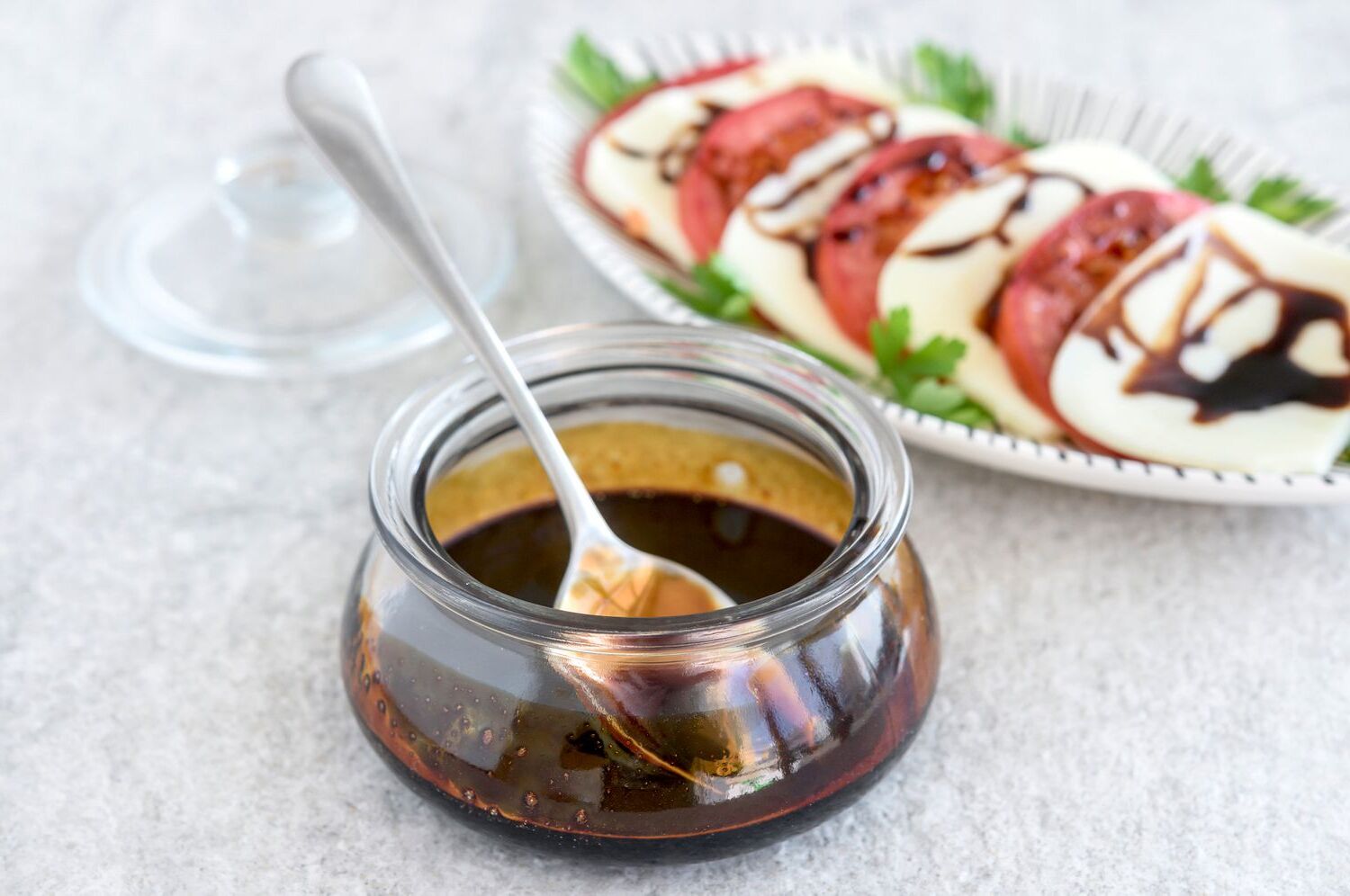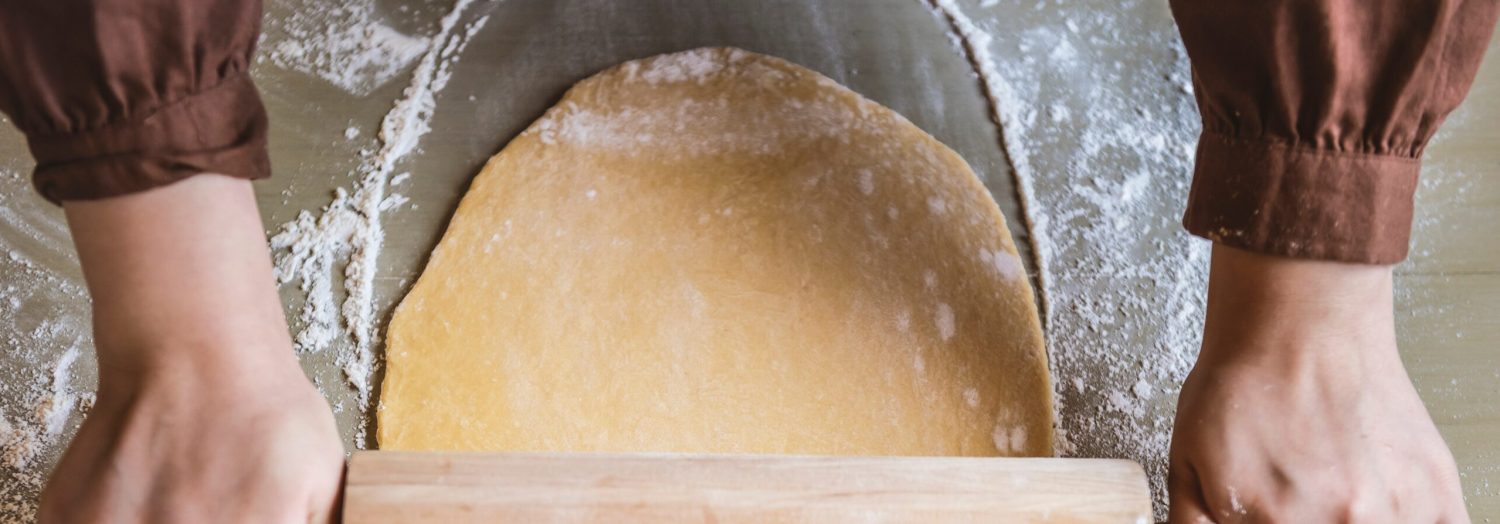A balsamic glaze is a versatile and flavorful addition to many dishes, from salads to grilled meats. This simple recipe combines balsamic vinegar and brown sugar to create a rich, tangy, and slightly sweet glaze that can elevate your culinary creations. With just a few ingredients and minimal effort, you can make a delicious balsamic glaze at home.
The ingredients for this recipe are quite common and should be easy to find at your local supermarket. Balsamic vinegar is a dark, concentrated vinegar originating from Italy, known for its rich flavor. Brown sugar is a type of sugar that contains molasses, giving it a distinct, caramel-like taste. Both of these ingredients are typically available in the condiments and baking sections of most grocery stores.

Ingredients for Balsamic Glaze Recipe
Balsamic vinegar: A dark, concentrated vinegar with a rich, tangy flavor, often used in Italian cuisine.
Brown sugar: A type of sugar that contains molasses, giving it a distinct, caramel-like taste and adding sweetness to the glaze.
Technique Tip for This Recipe
When making a balsamic glaze, it's crucial to monitor the heat closely. If the vinegar and brown sugar mixture boils too rapidly, it can scorch and develop a bitter taste. Aim for a gentle simmer to ensure a smooth, rich reduction. Additionally, using a non-stick saucepan can help prevent the glaze from sticking and burning, making the cleanup process easier.
Suggested Side Dishes
Alternative Ingredients
balsamic vinegar - Substitute with red wine vinegar: Red wine vinegar has a similar acidity and can be sweetened to mimic the flavor of balsamic vinegar.
balsamic vinegar - Substitute with apple cider vinegar: Apple cider vinegar has a fruity tang that can be balanced with additional sweeteners to replicate balsamic vinegar.
brown sugar - Substitute with honey: Honey provides a similar sweetness and can add a rich, complex flavor to the glaze.
brown sugar - Substitute with maple syrup: Maple syrup offers a natural sweetness and a unique depth of flavor that complements the tanginess of vinegar.
Alternative Recipes to Try
How to Store or Freeze
Allow the balsamic glaze to cool completely before storing. This ensures that condensation doesn't form inside the container, which could dilute the glaze.
Transfer the cooled glaze into an airtight container. A glass jar with a tight-fitting lid works best to maintain the glaze's rich flavor and consistency.
Store the container in the refrigerator. The glaze will keep well for up to a month, ready to drizzle over salads, grilled vegetables, or even desserts.
If you prefer to freeze the glaze, pour it into a freezer-safe container, leaving some space at the top for expansion. Alternatively, you can use an ice cube tray to create individual portions.
Once frozen, transfer the glaze cubes to a zip-top freezer bag. This method allows you to thaw only what you need, preventing waste.
To thaw, simply place the desired amount of glaze in the refrigerator overnight. For a quicker option, you can set the container in a bowl of warm water until it reaches the desired consistency.
Always give the glaze a good stir before using, especially if it has been stored for a while. This helps to reincorporate any separated elements and ensures a smooth, even texture.
Avoid reheating the glaze multiple times, as this can alter its flavor and thickness. Instead, warm only the portion you plan to use immediately.
For an added twist, consider infusing the glaze with flavors like garlic, rosemary, or citrus zest before storing. Simply add these ingredients while simmering, then strain them out before cooling and storing.
How to Reheat Leftovers
- For a quick and easy method, pour the balsamic glaze into a small saucepan and heat over low heat. Stir occasionally until warmed through, ensuring it doesn't boil or burn.
- If you prefer using a microwave, transfer the glaze to a microwave-safe bowl. Heat in 10-second intervals, stirring in between, until it reaches the desired temperature.
- To maintain the consistency and flavor, place the container of balsamic glaze in a bowl of warm water. Let it sit for a few minutes, stirring occasionally, until it warms up.
- For a more controlled reheating, use a double boiler. Place the glaze in the top part of the double boiler and heat over simmering water, stirring occasionally until warmed through.
- If you have a sous-vide machine, place the balsamic glaze in a vacuum-sealed bag and immerse it in a water bath set to 140°F (60°C) for about 10 minutes. This method ensures even heating without altering the texture.
Best Tools for This Recipe
Saucepan: A medium-sized saucepan is essential for combining and heating the balsamic vinegar and brown sugar mixture.
Wooden spoon: Use a wooden spoon to stir the mixture constantly until the sugar has dissolved.
Measuring cups: Accurate measuring cups are necessary to measure out 1 cup of balsamic vinegar and ¼ cup of brown sugar.
Stove: A stove is required to provide the heat needed to bring the mixture to a gentle boil and then simmer.
Airtight container: Once the glaze is cooled, store it in an airtight container to maintain its freshness.
Spoon: A regular spoon can be used to test if the glaze coats the back, indicating it has reduced enough.
Timer: A timer can help you keep track of the 15 minutes needed for simmering the glaze.
How to Save Time on This Recipe
Use high heat initially: Start by bringing the balsamic vinegar and brown sugar mixture to a boil over high heat to speed up the process, then reduce to low heat for simmering.
Pre-measure ingredients: Have your balsamic vinegar and brown sugar pre-measured and ready to go before you start cooking.
Stir less frequently: Stir occasionally instead of constantly once the sugar has dissolved to save time and effort.
Use a wider pan: A larger surface area will help the glaze reduce faster.
Cool quickly: Pour the glaze into a shallow dish to cool faster before storing.

Balsamic Glaze Recipe
Ingredients
Main Ingredients
- 1 cup Balsamic Vinegar
- ¼ cup Brown Sugar
Instructions
- Combine balsamic vinegar and brown sugar in a saucepan over medium heat.
- Stir constantly until the sugar has dissolved.
- Bring to a gentle boil, then reduce heat to low and simmer until glaze is reduced by half and coats the back of a spoon, about 15 minutes.
- Let cool and store in an airtight container.
Nutritional Value
Keywords
More Amazing Recipes to Try 🙂
- Asian Lettuce Wraps Recipe25 Minutes
- Escarole and Beans Recipe30 Minutes
- Honey Garlic Sauce Recipe15 Minutes
- Italian Pasta Salad Recipe25 Minutes
- Bran Muffins Recipe35 Minutes
- Hash Browns Recipe25 Minutes
- Eggnog Recipe25 Minutes
- Air Fryer Bacon Recipe15 Minutes


Leave a Reply